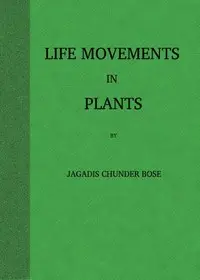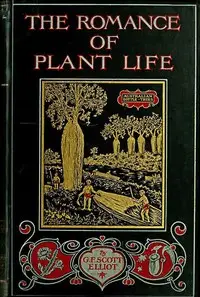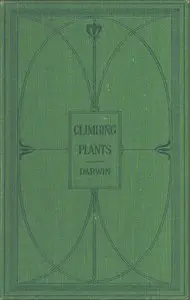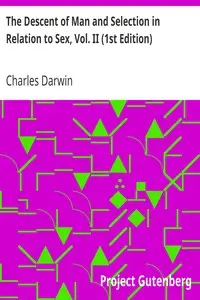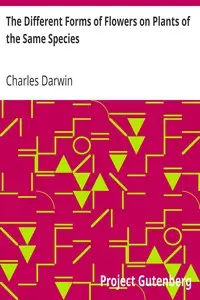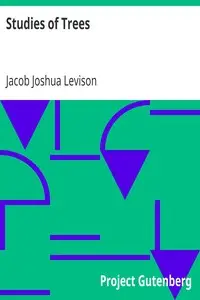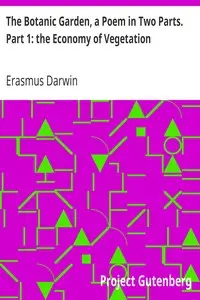"The Power of Movement in Plants" by Charles Darwin, with assistance from Francis Darwin, explores the fascinating world of plant movement and adaptation. This scientific book highlights how plants respond to their surroundings, particularly through circumnutation—the circular motion of plant tips—and their growth responses to gravity. It begins by carefully looking at the circumnutation of seedlings, using examples like Brassica oleracea to show how plant parts like roots and stems move and react. Darwin's detailed experiments and observations reveal the complex ways plants behave, setting the foundation for a deeper understanding of how they respond to light and gravity. This thorough introduction prepares readers to explore movement in lots of different types of plants.

The Power of Movement in Plants
By Charles Darwin
Uncover the hidden world of plant motion as seedlings twist and turn in response to light and gravity, revealing nature's surprising strategies for growth and survival.
Summary
About the AuthorCharles Robert Darwin was an English naturalist, geologist, and biologist, widely known for his contributions to evolutionary biology. His proposition that all species of life have descended from a common ancestor is now generally accepted and considered a fundamental scientific concept. In a joint publication with Alfred Russel Wallace, he introduced his scientific theory that this branching pattern of evolution resulted from a process he called natural selection, in which the struggle for existence has a similar effect to the artificial selection involved in selective breeding. Darwin has been described as one of the most influential figures in human history and was honoured by burial in Westminster Abbey.
Charles Robert Darwin was an English naturalist, geologist, and biologist, widely known for his contributions to evolutionary biology. His proposition that all species of life have descended from a common ancestor is now generally accepted and considered a fundamental scientific concept. In a joint publication with Alfred Russel Wallace, he introduced his scientific theory that this branching pattern of evolution resulted from a process he called natural selection, in which the struggle for existence has a similar effect to the artificial selection involved in selective breeding. Darwin has been described as one of the most influential figures in human history and was honoured by burial in Westminster Abbey.




